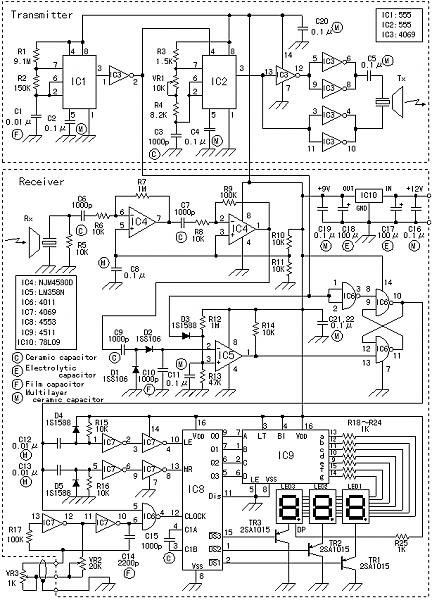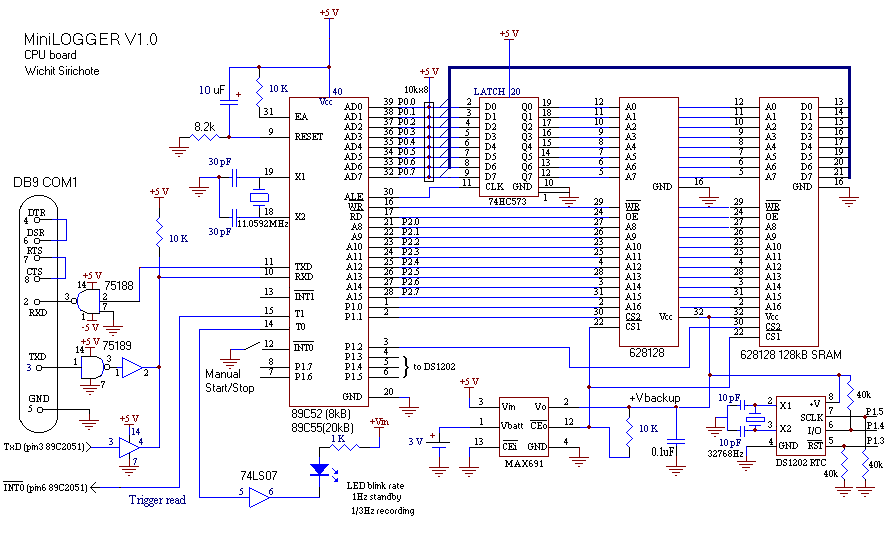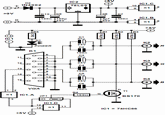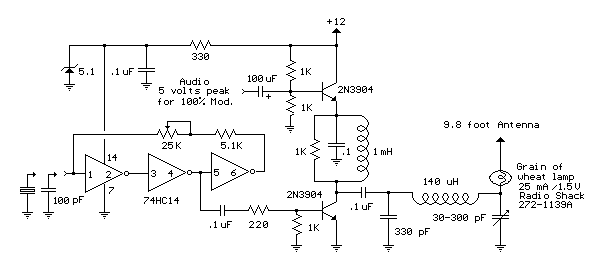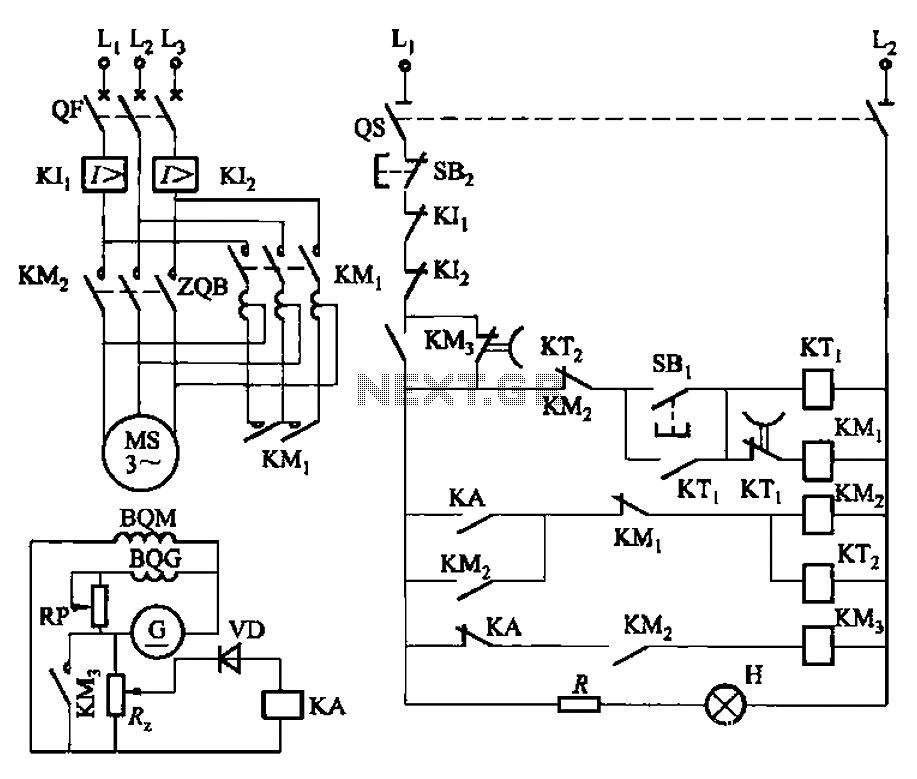
10M Dsb Transmitter Circuit
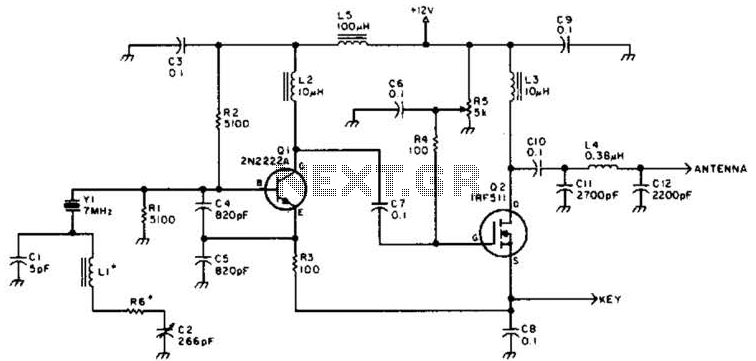
A DSB transmitter is significantly less expensive to construct compared to an SSB transmitter since it does not require filters or phasing networks. This circuit can generate an output of up to 1 watt on the 10-meter band. The frequency of 28.322 MHz, which is a commonly available clock frequency crystal, is utilized. Additionally, continuous wave (CW) operation is supported. A doubly balanced mixer assembly serves as both the modulator and the CW keyer.
The DSB (Double Sideband) transmitter circuit is designed to be cost-effective while providing essential functionality for amateur radio applications. The absence of complex filters and phasing networks simplifies the design and reduces the overall component count, making it attractive for hobbyists and those looking to build transmitters with limited resources.
The circuit operates at a frequency of 28.322 MHz, which aligns with the 10-meter amateur radio band, allowing for effective communication within this frequency range. The use of a commonly available clock frequency crystal ensures that the transmitter can be built with readily accessible components, further enhancing its practicality.
The modulator component of the circuit is implemented using a doubly balanced mixer assembly. This configuration effectively combines the audio frequency signal with the carrier frequency, producing the double sideband output signal. The doubly balanced mixer is known for its high linearity and low distortion, which are crucial for maintaining signal integrity during transmission.
In addition to DSB operation, the circuit incorporates a continuous wave (CW) keyer function. This feature allows for the transmission of Morse code signals, which is an essential mode of communication for many amateur radio operators. The CW keyer can be easily integrated into the existing circuit, providing versatility for users who wish to operate in different modes.
Overall, this DSB transmitter circuit represents a practical solution for those interested in amateur radio, offering a balance between simplicity, cost, and functionality. Its design promotes ease of assembly and operation, making it suitable for both beginners and experienced operators alike. A DSB transmitter is much cheaper to build than an SSB transmitter because no filter or phasing networks are required. This circuit produces up to 1-W output on the 10-meter band. The frequency 28.322 MHz is used, which is a commonly available clock frequency crystal. CW operation is also provided. A doubly balanced mixer assembly is used as a modulator and CW keyer.
The DSB (Double Sideband) transmitter circuit is designed to be cost-effective while providing essential functionality for amateur radio applications. The absence of complex filters and phasing networks simplifies the design and reduces the overall component count, making it attractive for hobbyists and those looking to build transmitters with limited resources.
The circuit operates at a frequency of 28.322 MHz, which aligns with the 10-meter amateur radio band, allowing for effective communication within this frequency range. The use of a commonly available clock frequency crystal ensures that the transmitter can be built with readily accessible components, further enhancing its practicality.
The modulator component of the circuit is implemented using a doubly balanced mixer assembly. This configuration effectively combines the audio frequency signal with the carrier frequency, producing the double sideband output signal. The doubly balanced mixer is known for its high linearity and low distortion, which are crucial for maintaining signal integrity during transmission.
In addition to DSB operation, the circuit incorporates a continuous wave (CW) keyer function. This feature allows for the transmission of Morse code signals, which is an essential mode of communication for many amateur radio operators. The CW keyer can be easily integrated into the existing circuit, providing versatility for users who wish to operate in different modes.
Overall, this DSB transmitter circuit represents a practical solution for those interested in amateur radio, offering a balance between simplicity, cost, and functionality. Its design promotes ease of assembly and operation, making it suitable for both beginners and experienced operators alike. A DSB transmitter is much cheaper to build than an SSB transmitter because no filter or phasing networks are required. This circuit produces up to 1-W output on the 10-meter band. The frequency 28.322 MHz is used, which is a commonly available clock frequency crystal. CW operation is also provided. A doubly balanced mixer assembly is used as a modulator and CW keyer.
